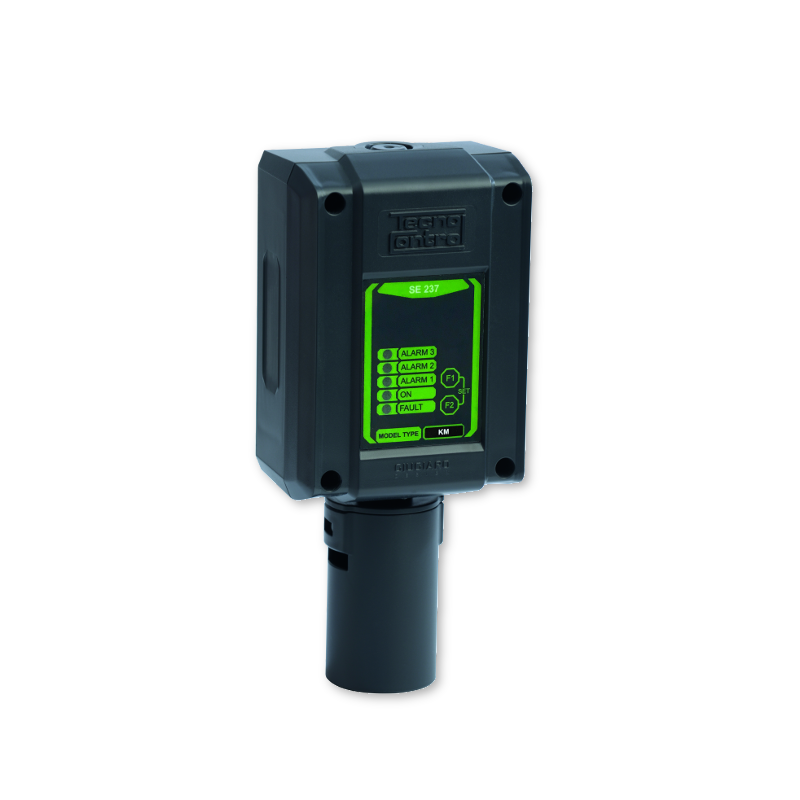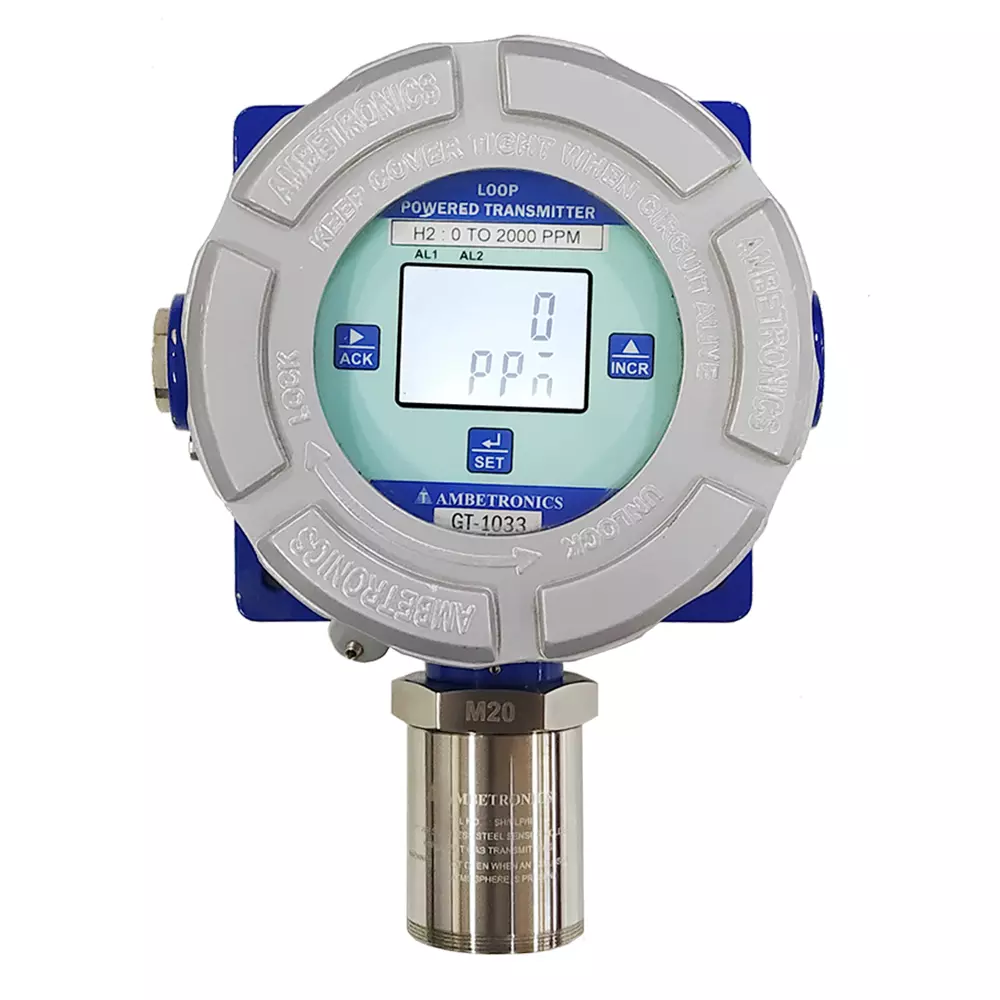Hydrogen sulfide (H2S) is a highly toxic gas that poses significant health risks to individuals exposed to it. In environments where H2S may be present, such as oil and gas operations, wastewater treatment plants, or confined spaces, the use of H2S monitor is crucial for safeguarding against its harmful effects. Understanding the role of H2S monitors can help protect individuals from the dangers associated with H2S exposure.
H2S monitors, also known as H2S detectors, are specialized devices designed to detect and measure the concentration of hydrogen sulfide gas in the surrounding atmosphere. These monitors utilize sensors that respond to the presence of H2S, triggering an alarm when the gas concentration exceeds pre-set thresholds. By providing real-time monitoring, H2S monitors play a vital role in alerting individuals to potentially hazardous levels of H2S and allowing them to take immediate action to protect their health and safety.
The primary function of an H2S monitor is to provide early warning of H2S gas presence. H2S is colorless, flammable, and has a distinctive odor of rotten eggs at low concentrations. However, at higher concentrations, the gas can quickly overwhelm the sense of smell, making it imperceptible to humans. H2S monitors act as reliable safeguards by continuously monitoring the air for the presence of H2S and sounding an alarm when concentrations reach dangerous levels, even when the gas is not detectable by the human senses.

The use of H2S monitors is particularly crucial in environments where H2S is known to be present or where there is a risk of its occurrence. In oil and gas operations, for example, H2S can be encountered during drilling, production, refining, or transportation activities. Wastewater treatment plants and sewers also pose a potential risk of H2S release due to the decomposition of organic matter. Confined spaces, such as tanks, pits, or underground chambers, are particularly hazardous as H2S can accumulate in these enclosed areas. H2S monitors help ensure that individuals working in these environments are promptly alerted to the presence of H2S and can take appropriate measures to protect themselves.
The benefits of using H2S monitors are evident in their ability to prevent H2S-related accidents and health issues. H2S exposure can lead to symptoms ranging from eye and respiratory irritation to loss of consciousness and even death in high concentrations. By promptly detecting H2S and alerting individuals to its presence, H2S monitors enable timely evacuation, the use of personal protective equipment, or the implementation of other safety protocols to mitigate the risks associated with H2S exposure.




